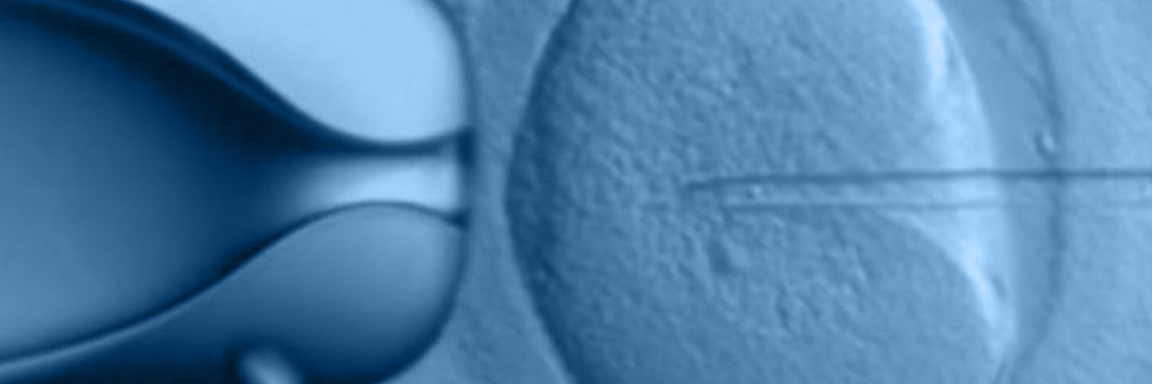
Assisted Hatching with Laser.
What is it?
Assisted Hatching (or “assisted hatching” in English) is a procedure performed in the Assisted Reproduction Laboratory and involves creating a small hole in the embryo’s outer layer to facilitate embryo implantation.
The zona pellucida (ZP) is a layer that surrounds the egg, allowing the entry of a single sperm for fertilization, while also protecting and maintaining the integrity of the future embryo. As the embryo increases in size and reaches an advanced stage of development, the ZP gradually thins until the embryo hatches from it to attach to the mother’s uterine lining. This is a critical step in the implantation process. The embryo’s inability to hatch could be one of the factors contributing to infertility.
What is assisted hatching (AH) used for and for which patients would it be useful?
Recent studies have shown that assisted hatching (AH) may be indicated for patients over 38 years of age, those with repeated failures in in vitro fertilization cycles, or embryos with thicker ZP on day 3 of development. In these cases, the technique could improve pregnancy rates following in vitro fertilization treatment.

